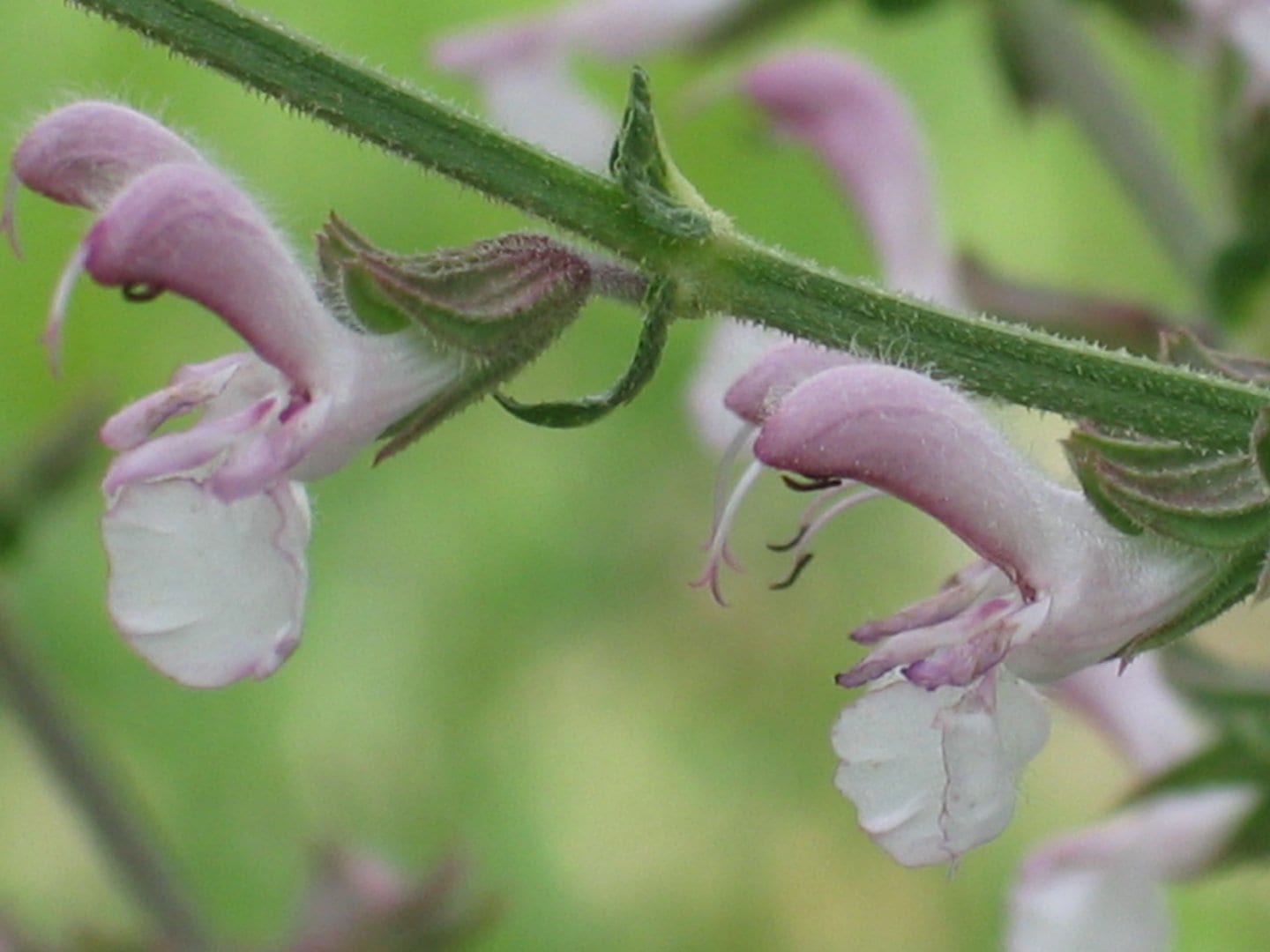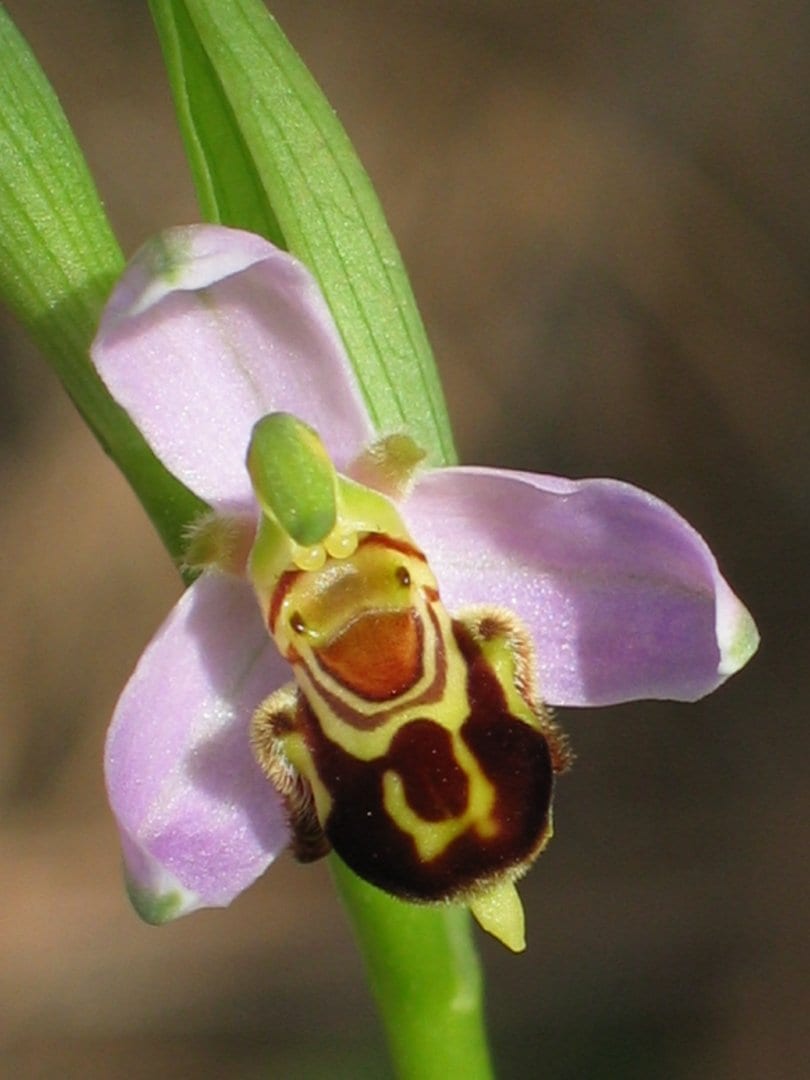Rare Species
Dr. Racheli Schwartz -Tzachor
Rare species of wild plants are species that are not prevalent, that is to say, the number of their plants in uncultivated areas is low.
 News and Events
News and Events
Dr. Racheli Schwartz -Tzachor
Rare species of wild plants are species that are not prevalent, that is to say, the number of their plants in uncultivated areas is low.

Their distribution is gradually decreasing and there is fear that they will become extinct in the future.
A rare plant is not necessarily an endangered plant. Most of the protected plants, such as the cyclamen or anemone, are plants with especially beautiful flowers that in the past, hikers used to pick. As such, a law was established that prohibits these flowers from being picked or uprooted, in order to protect them. The flowers of rare plants on the other hand, are not always so spectacular and in fact, most are not protected by law despite their rarity.
At the end of 2007, a decision was made at the Ramat Hanadiv Nature Park to formulate a plan to preserve and protect the rare plant species growing in the area.
For this purpose first and foremost, a list of all the rare species growing in the park was compiled. The list was created by cross referencing the list of plants growing at Ramat Hanadiv and the list of rare plants that grow throughout the State of Israel. This list defined the degree of rarity of each species. This cross referencing led to a list of 43 rare plant species growing at Ramat Hanadiv.

In the next stage, the sites where all the rare species on the Ramat Hanadiv -Rare Species List grow were identified and mapped. For this purpose, the Field Manual for Rare Plants at Ramat Hanadiv was prepared, including color photographs of the plants and details such as their time of blooming and the habitat where they are expected to be found. Expeditions to locate and map the plants were conducted in 2008-2009 using a GPS.
The last stage before implementing the plan was to create a list of priorities whereby decisions were made regarding which rare species should be preserved first. For this purpose, a list of rare species was sent to twelve botanists with experience in nature conservation in Israel. This was done in order to help rank the top ten rare plant species as to which to focus first. Next, we preserved the rare plants at Ramat Hanadiv using two main modes of preservation accepted around the world: In-situ preservation in the natural area where the plants grow at Ramat Hanadiv, and ex-situ preservation in a nursery. Subsequently, the rare saplings and seeds were sent to Israel’s Botanical Gardens, the Israel Plant Gene Bank and the World Gene Bank in London. We also returned rare plants saplings to their natural habitats.
These stages are summarized in a detailed article entitled: “Creating a List of Priorities for Preservation of Rare Plants – Ramat Hanadiv Park as a Case Study,” published in the journal, Ecology and Environment.
Any question? We will be glad to help
Many trails traverse the Memorial Gardens. We recommend this route, but you can choose to walk another route
Sustainable gardening is defined as gardening that considers the needs of the current generation without harming the needs of future generations. It includes garden design that considers the existing elements on site – the landscape, soil, environment and vegetation suitable for the region
Refresh yourself at the Kiosk with a drink or snack. The kiosk is open daily.